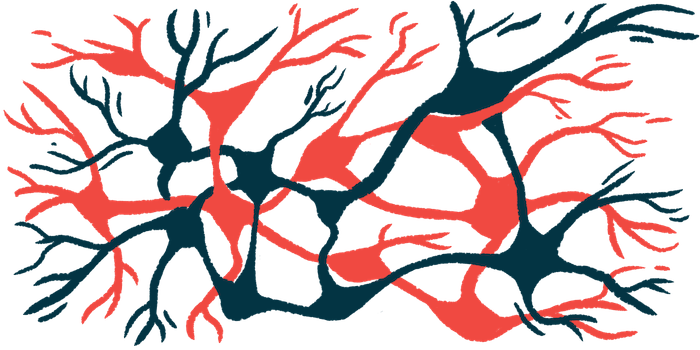New Pig Model May Better Capture ALS at Its Earliest Stages
Longer span before symptom onset may speed ALS research and therapy work

A new pig model of amyotrophic lateral sclerosis (ALS) more accurately reflects the gradual motor neuron loss and disease progression seen in patients, and it may speed the development of ALS treatments, included gene and cell-based therapies, researchers report.
The model carries a mutation in the SOD1 gene, an underlying cause of familial ALS, and it has a longer presymptomatic period than ALS mouse models, which are marked by rapid disease progression.
Examined before the onset of motor symptoms, the pig model shared many features with patients and mouse models, such as damage to motor neurons caused the toxic buildup of the SOD1 protein.
“Neurodegeneration progresses even before the patient becomes aware of motor symptoms and seeks medical attention,” so that “early intervention is essential,” the researchers wrote. The pigs “developed in this study demonstrated that … [they] are useful for assessing the effectiveness of therapeutic interventions before the onset of neurologic symptoms.”
Rapid progression in mouse models thought to hinder ALS research
The model was described in the study, “A Transgenic Pig Model With Human Mutant SOD1 Exhibits the Early Pathology of Amyotrophic Lateral Sclerosis,” published in the journal Laboratory Investigation.
In some ALS patients, SOD1 gene mutations result in the buildup of a misfolded SOD1 protein in motor neurons, the nerve cells that control voluntary movement. This affects both upper motor neurons, which connect the brain to the spinal cord, and the lower motor neurons that run down the spinal cord and connect to all the muscles in the body.
The dysfunction of these cells leads to a range of ALS symptoms, such as limb weakness and difficulty breathing, speaking, and swallowing.
Most experimental ALS therapies are developed using rodent models carrying mutant SOD1, but this approach has yielded few effective treatments. Differences in body size and longevity have been cited as reasons for this failure.
ALS in humans typically begins between the ages of 40 and 60. By contrast, the most widely used ALS mouse model, with a SOD1 mutation called G93A, shows symptoms at 3 months of age and dies by 6 months. As a result, this model may not be sufficient for reproducing the gradual loss of motor neurons seen in patients.
To address this problem, researchers in Japan developed a pig model of ALS carrying the same G93A mutation in the SOD1 gene. They noted that pigs are becoming an important disease model because their organs, including their spinal cord, are “similar in size to those of humans.”
While other animal models show motor neuron abnormalities before symptom onset, “once a clinical decline in motor function appears, neurologic symptoms progress rapidly,” the researchers wrote. Thus, they specifically examined the ALS animals before the onset of motor symptoms.
Signs of motor neuron degeneration seen at around age 2 in pig model
To create the model, dubbed mSOD1-Tg, a copy of the human SOD1 gene carrying the G93A mutation was delivered by in vitro fertilization into oocytes (female eggs), then transferred into 1-year-old female pigs. At birth, the team noted no differences between the ALS model and unaffected (control) piglets.
Researchers also noted that the approach taken in this model’s development “can be beneficial for application to preclinical studies such as cell and gene therapy.”
At about 2 years of age — again, before motor symptom onset — structural abnormalities, including signs of cell degradation, appeared in a portion of the lower motor neurons near the base of the spinal cord (lumbar region) in ALS pigs but not in control pigs.
A lower number of motor neurons also was evident, but not significantly so, in the ALS pigs.
“These results demonstrate that the motor neurons in mSOD1-Tg pigs showed initial pathological [disease-related] abnormality of motor neurons before the manifestation of symptoms,” the team wrote.
Bunina bodies, round-shaped clumps of cellular components normally found in the neurons of ALS patients, were not observed in the motor neurons of mSOD1-Tg pigs. But consistent with ALS patients, misfolded SOD1 protein accumulated in the lower motor neurons of the pigs’ spinal cords.
Researchers also detected misfolded SOD1 protein buildup and damage in the large nerve fibers that extend from motor neurons, called axons. They noted that axonal degeneration is one of the “early abnormalities in ALS” and is similar to that seen in other rodent models.
“In the present study, characteristics of mSOD1-Tg pigs with a long asymptomatic period permitted reproduction by natural mating,” the researchers wrote. “In the future, it is expected that the development of ALS treatment methods will be accelerated by the use of mSOD1-Tg pigs.”







